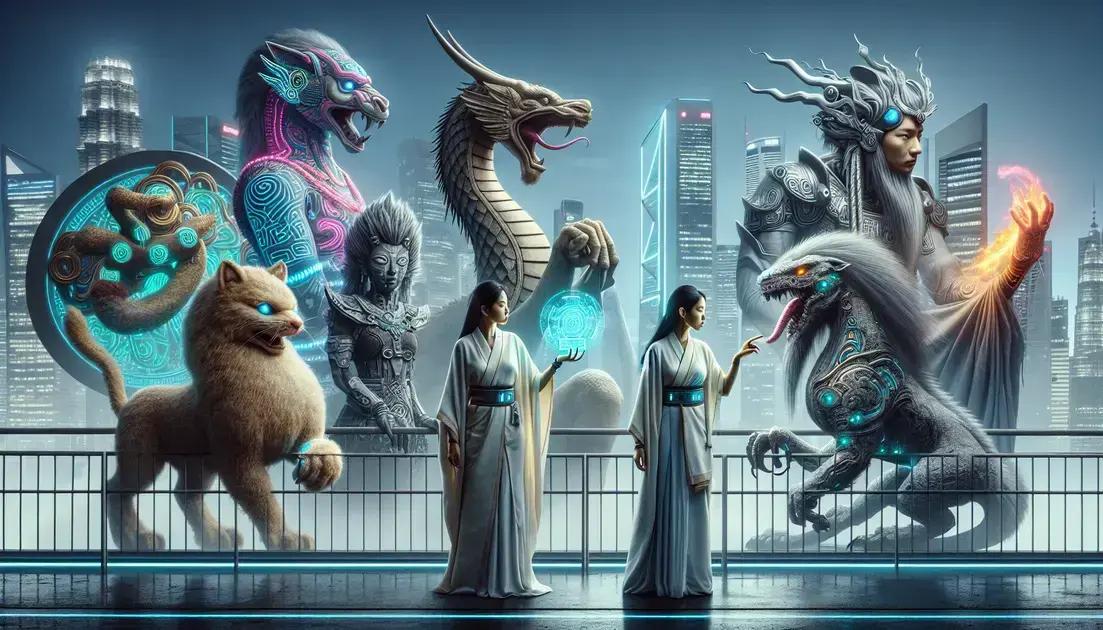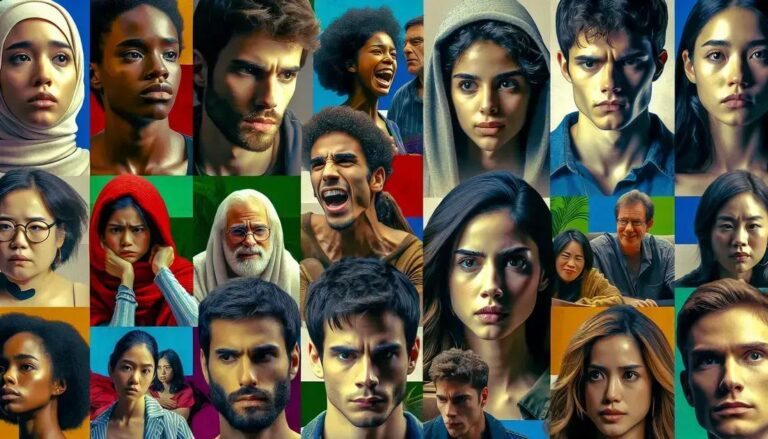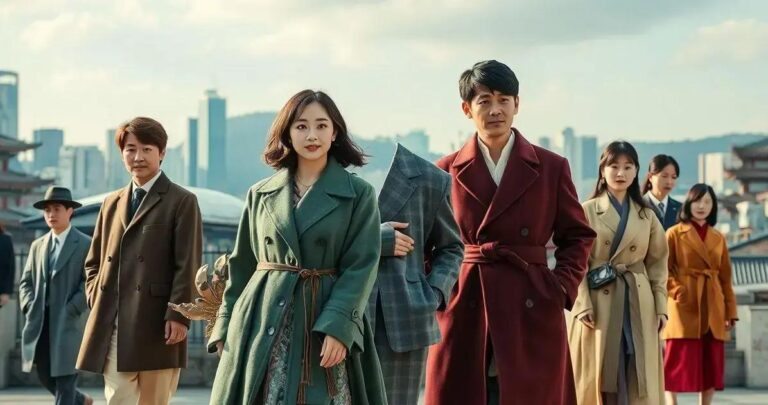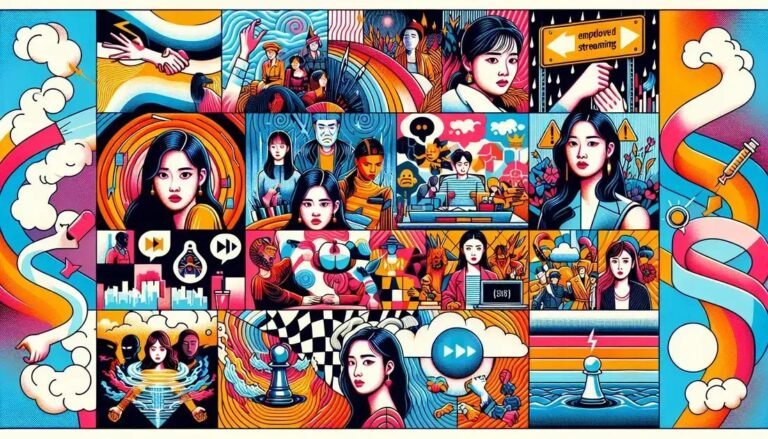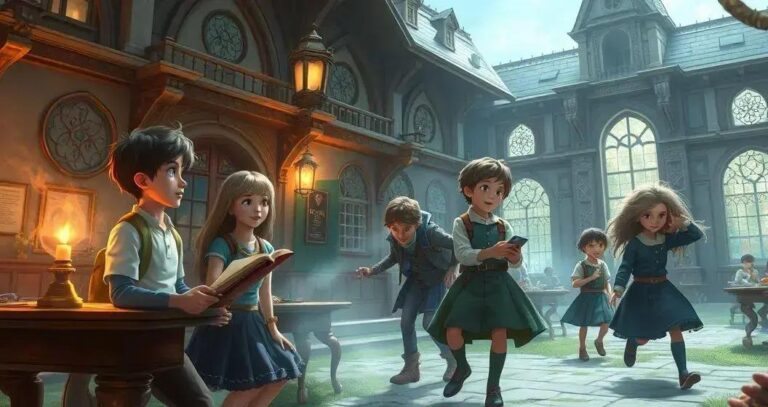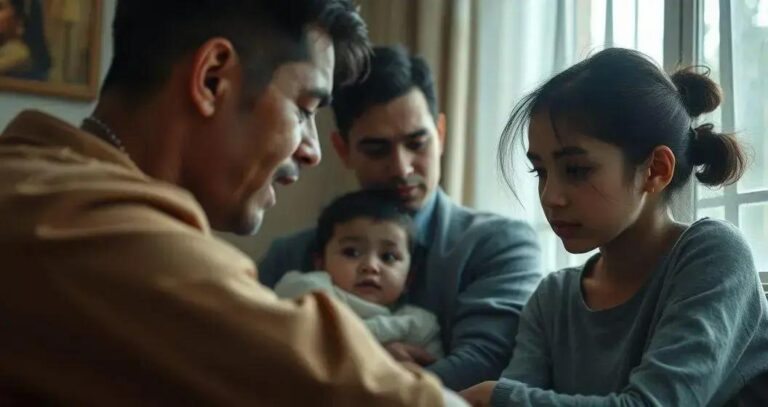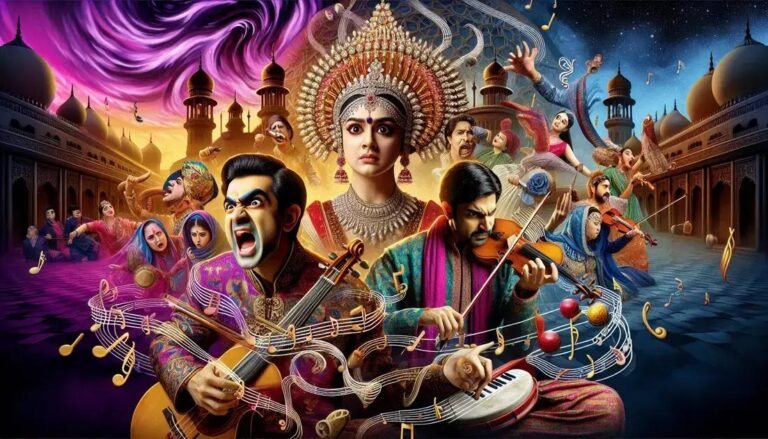How Dramas Adapt Myths and Legends for Modern Audiences
Anúncios
Explore how **dramas adapt myths and legends** for today’s audiences, blending timeless narratives with modern storytelling. Dramas have a unique ability to transform ancient tales into **compelling stories** that resonate with contemporary viewers. By examining how these adaptations take place, we discover the intricate balance between preserving traditional elements and infusing innovation. This post delves into the various techniques and cultural impacts of these adaptations.
The Evolution of Myths in Contemporary Dramas
The depiction of myths in dramas has undergone significant transformation over the years. Contemporary dramas often take ancient stories and refresh them to appeal to a modern audience. This transformation stems from the desire to make these time-honored tales relatable to current societal values and cultural dynamics.
In the past, myths served as a way to explain the unexplained, offering narratives that fulfilled cultural and religious propensities. However, as societies evolved, so did their storytelling methods. Modern dramas now utilize sophisticated visual effects and complex character development to breathe new life into these traditional myths.
Adapting Myths for Modern Themes
In today’s dramas, directors and writers frequently explore universal themes such as love, betrayal, and heroism. By embedding these themes within traditional myths, they result in stories that resonate with contemporary issues and emotions. For instance, a mythological hero tackling environmental oppression or societal injustice can strike a powerful chord with present-day viewers.
Technical advancements in film and television production have further supported the evolution of myths in contemporary dramas. With vivid CGI and compelling narrative styles, dramas can now portray mythical creatures and fantastical worlds with unprecedented authenticity.
Modern Techniques in Adapting Ancient Tales
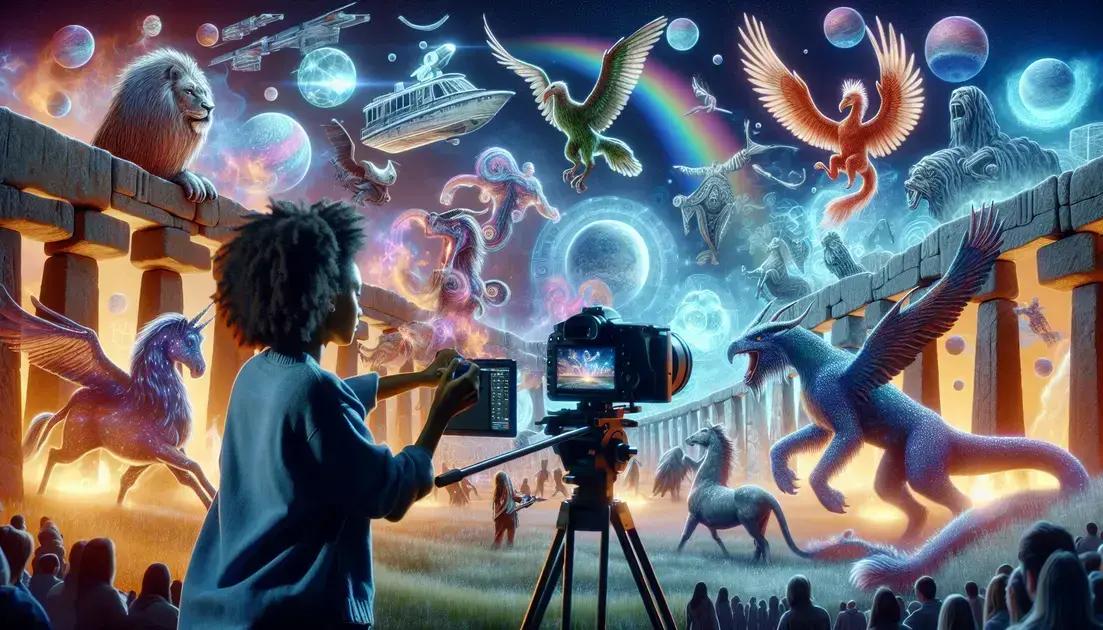
Modern adaptations of ancient tales rely heavily on new techniques that resonate with today’s audiences. Screenwriters and directors use creative storytelling methods to ensure these tales remain relevant and engaging. By weaving in contemporary themes and societal issues, they bring fresh perspectives to age-old stories.
One popular technique is the use of non-linear narratives. These allow for more intricate storytelling by exploring multiple timelines or viewpoints, adding depth to the characters and plots. By shifting focus and playing with chronology, creators can highlight parallels between ancient myths and modern life.
Visual and Technological Innovations
Advanced special effects and computer-generated imagery (CGI) provide a visual feast that draws viewers into mythical worlds. These tools allow creators to render mythical creatures and epic landscapes with stunning realism, captivating audiences and making ancient tales feel immediate and authentic.
Moreover, modern dramas incorporate cultural elements, blending costumes, languages, and folklore from various sources. This fusion not only enriches the storytelling but also makes it more inclusive, inviting global audiences to find connections with their own cultural narratives.
Cultural Significance of Remaking Legends
Remaking legends holds immense cultural significance as it allows societies to connect with their roots while addressing contemporary issues. Adaptations breathe new life into these timeless stories, making them relevant to today’s audience and reflecting current cultural dynamics.
Reviving ancient legends provides an opportunity to highlight shared values and universal themes such as justice, morality, and heroism. By retelling these stories, creators can inspire modern audiences and promote a sense of cultural identity and continuity.
Preservation and Innovation
Repeatedly retelling these legendary tales plays a crucial role in preserving cultural heritage. At the same time, adaptations introduce innovative perspectives that reflect the diversity and complexity of modern societies. This dual approach helps maintain the core of the original legend while enabling new generations to interpret them through their own lenses.
The interplay of cultural significance and modern reinterpretation also fosters cross-cultural understanding. By presenting legends through a contemporary lens, audiences can experience the universal appeal and relevance of these stories, finding common ground across different cultures.
Impact of Modern Adaptations on Traditional Myths
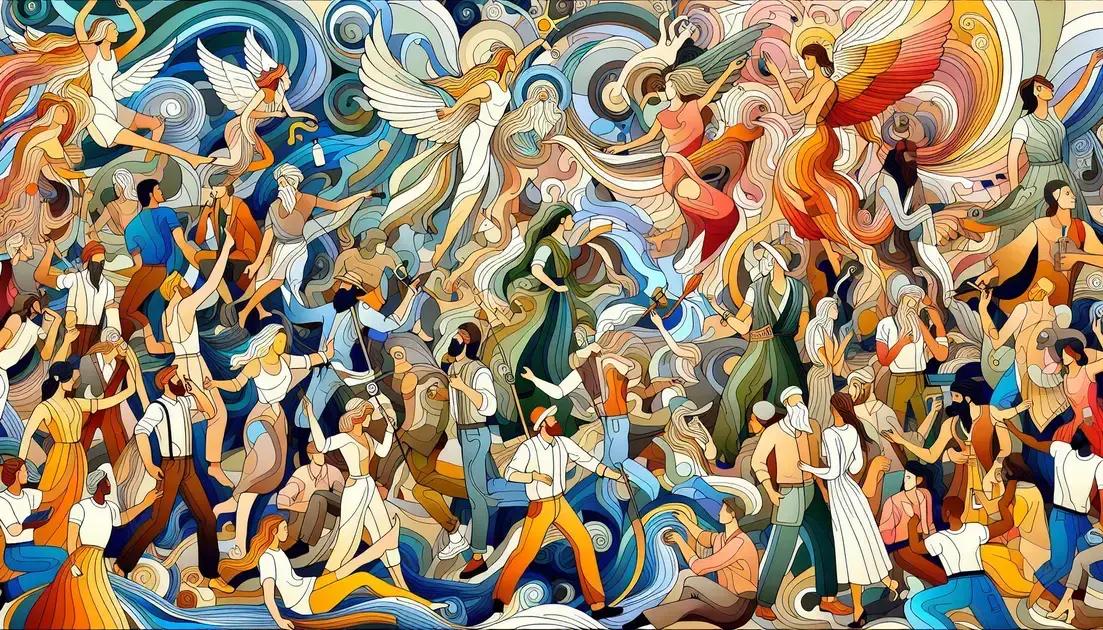
Modern adaptations have a profound impact on traditional myths, reshaping them to fit contemporary contexts. These adaptations often reflect current social, political, and cultural themes, which help in maintaining the relevance of these ancient stories. As a result, myths become a powerful medium to address modern-day issues and inspire dialogue among diverse audiences.
The reinterpretation of traditional myths can alter their traditional meanings. By introducing new perspectives, modern adaptations can challenge old notions, encouraging viewers to re-evaluate accepted beliefs or morals. This process can lead to a deeper understanding and appreciation of the original stories.
Cultural Revitalization and Diversity
Modern adaptations contribute to cultural revitalization by breathing new life into forgotten or lesser-known myths. By integrating these stories into contemporary media formats, producers and creators make mythology accessible to the younger generation. This accessibility promotes diversity in storytelling and ensures that the voices from various backgrounds are heard and respected.
Moreover, the fusion of traditional elements with modern storytelling techniques often results in a richer narrative experience. This blend ensures that the myths’ intended messages endure, all while allowing for fresh creativity to express new meanings and interpretations.
Case Studies of Popular Dramas Featuring Myths
Popular dramas often thrive on the fusion of mythical elements with engaging storytelling. These case studies illustrate how myths are skillfully adapted into mainstream media. One notable example is the Korean drama "Goblin", which incorporates traditional folklore involving a goblin cursed with immortality. The series blends mythology with a modern love story, captivating audiences worldwide.
Another instance is the series "American Gods", based on Neil Gaiman’s novel, where ancient gods struggle to remain relevant in modern society. This drama stylishly interweaves mythology with contemporary issues, providing a fresh take on the power dynamics between old and new deities.
Global Narratives and Local Myths
The Japanese anime "Spirited Away" delves into local folklore, revolving around a young girl navigating a world of spirits and gods. This narrative highlights the beauty of local myths, delivering them to a global audience with stunning visuals and universal themes of courage and growth.
Similarly, the drama "The Untamed" from China, based on Xianxia mythology, has attracted international attention for its rich portrayal of warriors, immortals, and complex interpersonal dynamics. These dramas demonstrate how myths infuse originality and depth into storytelling, enriching the viewing experience.
Challenges in Balancing Tradition with Modern Storytelling
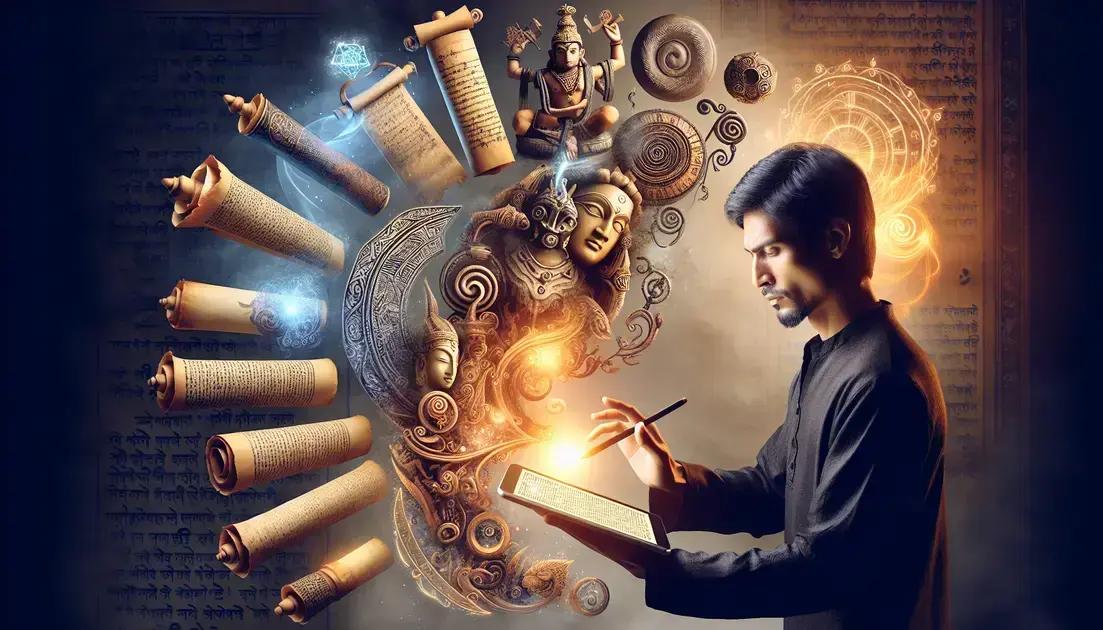
Finding the right balance between tradition and modern storytelling presents numerous challenges. Creators must respect the original narratives while meeting the expectations of contemporary audiences. Preserving cultural authenticity is essential, as it honors the origins of the stories, yet this must be done without alienating viewers unfamiliar with those customs.
Adapting myths often involves navigating sensitive cultural and historical contexts. Changing elements of traditional tales may spark controversy, especially if audiences perceive these changes as disrespectful. Therefore, creators must tread carefully, ensuring they maintain the spirit and ethos of the original myths.
Innovative Storytelling Techniques
Integrating modern storytelling tools like non-linear narratives, character arcs, and digital effects necessitates a thoughtful approach. These tools can invigorate the story but risk losing the essence that defines the myth. Creators face the paradox of innovation alongside fidelity to the original structure and themes.
The expectation for diverse and inclusive narratives poses another challenge. Adapting myths to reflect contemporary social values requires thoughtful reinterpretation. However, these updates must avoid distancing from the original audience, presenting universal themes without losing the core message the myth conveys.
Bringing Myths to Life for Modern Audiences
Dramas that adapt myths and legends serve as a crucial bridge between ancient narratives and contemporary storytelling. They re-imagine age-old stories with a fresh lens, offering insights into both the past and present.
Whether through innovative techniques or cultural adaptations, these dramas enrich the viewing experience while making timeless tales accessible to new generations. Case studies show that these stories remain powerful tools for exploring universal themes like love, morality, and identity.
Despite the challenges of balancing tradition with modernity, the evolution of myths promises a vibrant future for storytelling. As audiences continue to embrace adaptations, these stories will endure, evolving with each interpretation.
By keeping myths alive, we not only preserve cultural heritage but also invite reflection and dialogue in a globally connected world.

